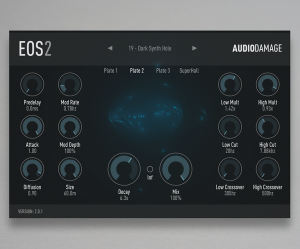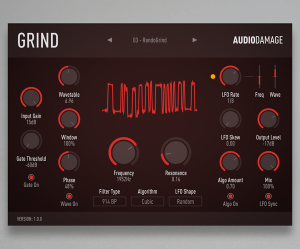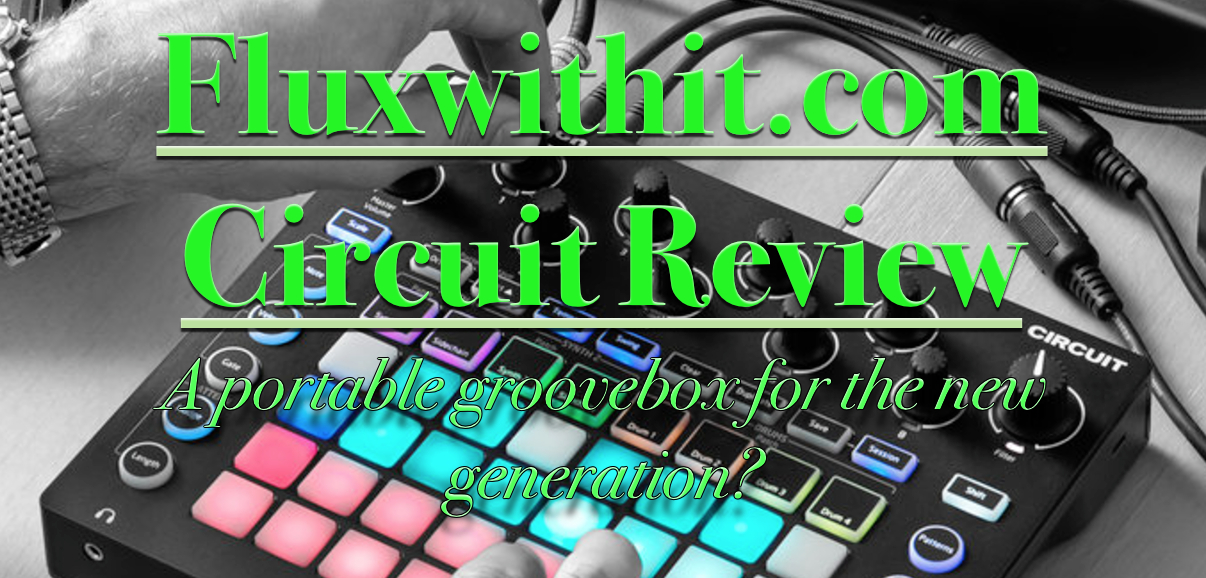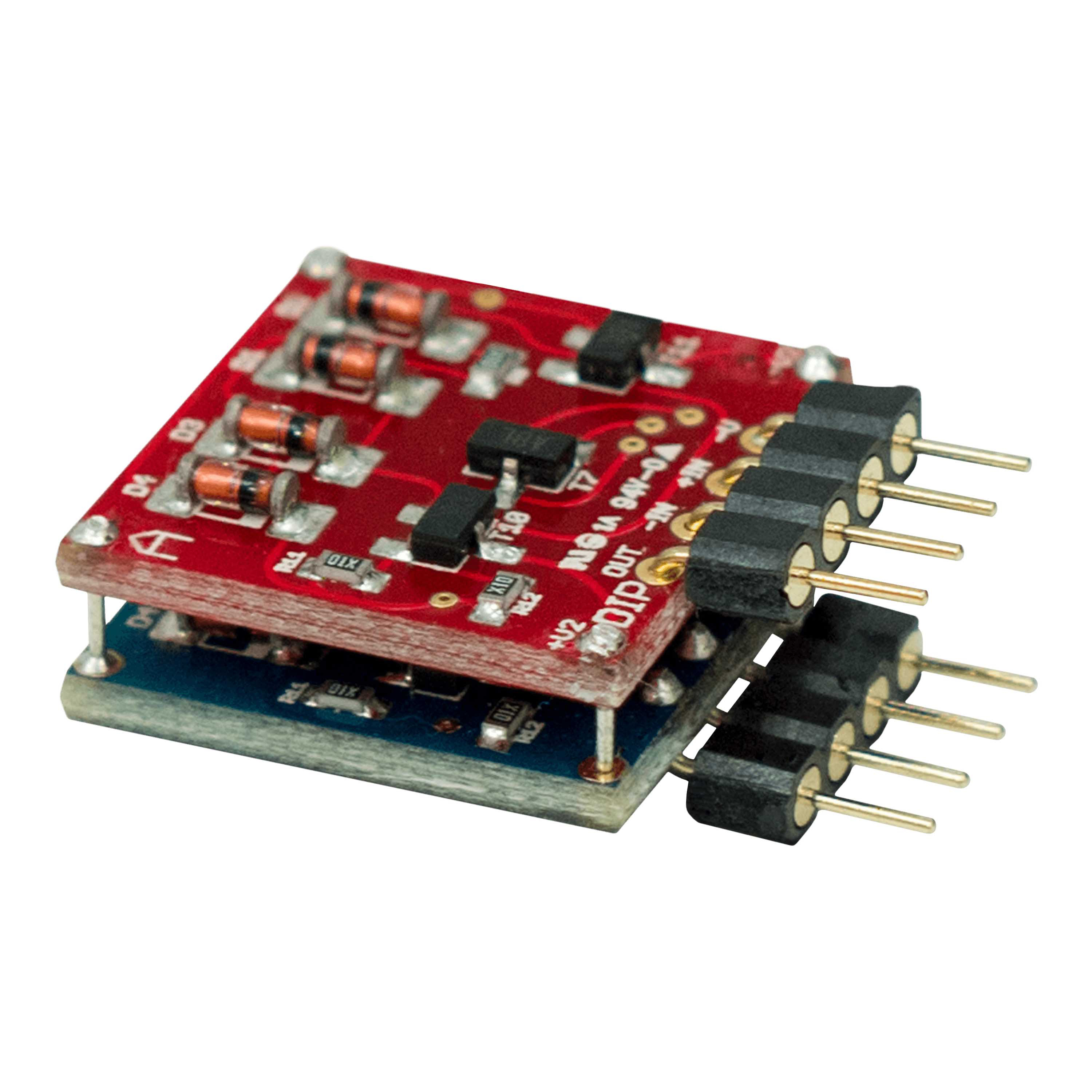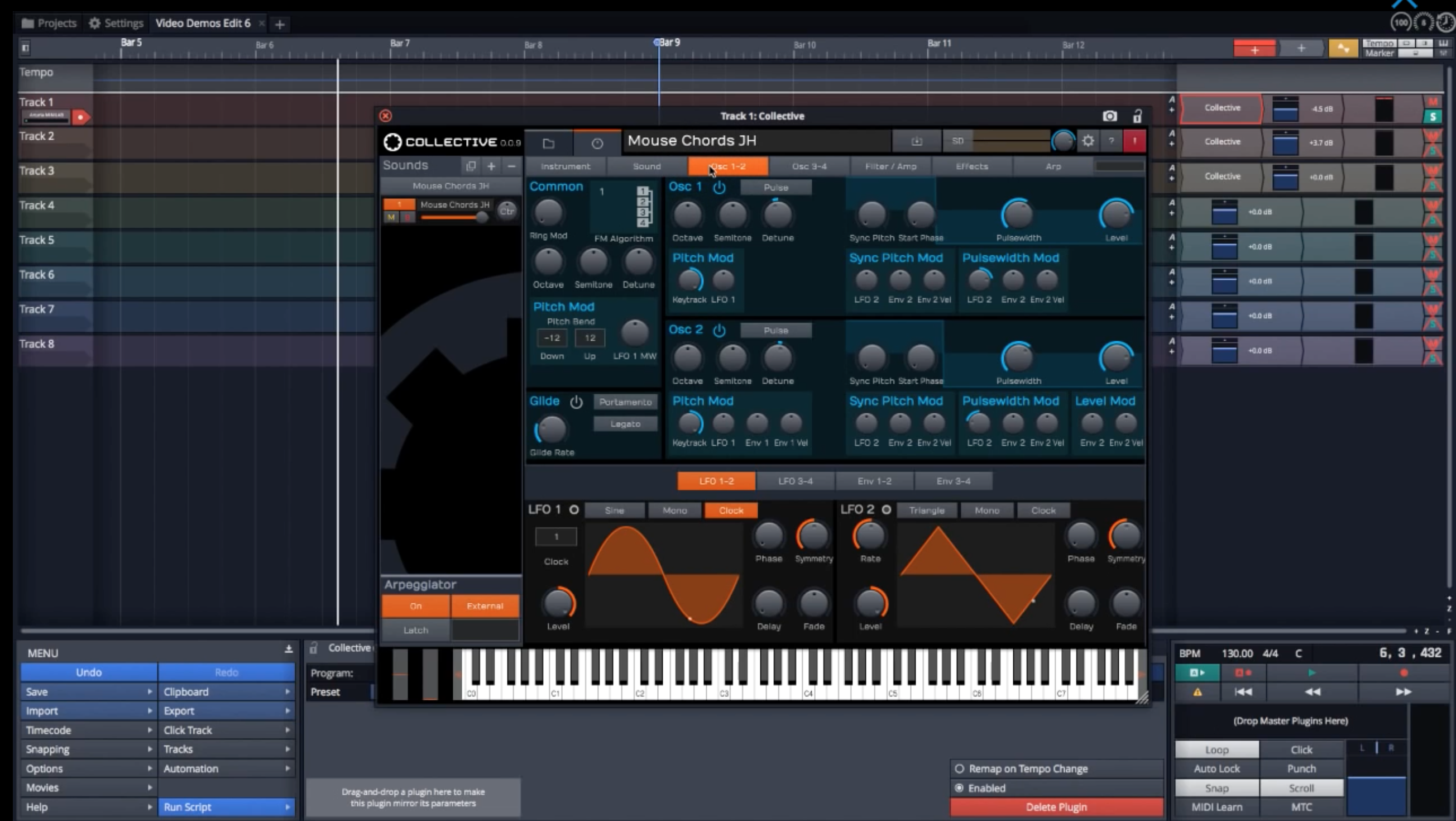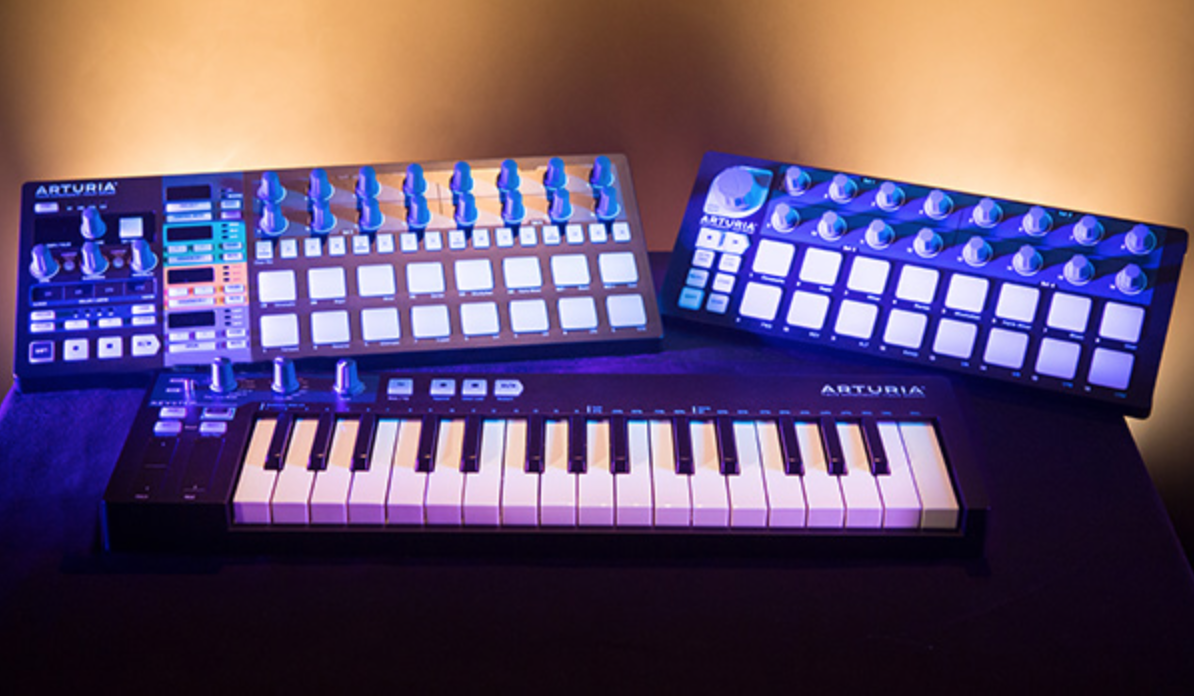IK Multimedia is proud to announce that ARC System 2.5 with MEMS microphone is now available for shipping. Version 2.5 of the Advanced Room Correction System combines a new highly accurate MEMS measurement microphone, measurement software together with an audio correction plug-in for Mac/PC DAWs (Digital Audio Workstations) and employs Audyssey MultEQ® XT32 patented technology to greatly improve the audio monitoring accuracy of speakers in any studio or listening room.
The first system of its kind, ARC System works by measuring the room in multiple positions, producing an accurate representation of its acoustic response, then generates a correction filter that makes the response linear. This allows users to mix and compose in an environment capable of an exact representation of the music and audio being produced, regardless of the acoustic characteristics of the room. ARC System was first introduced by IK Multimedia in 2007 and quickly established itself as one of the most popular acoustic correction systems in the world.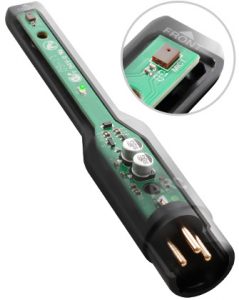
New high-precision MEMS measurement mic
IK Multimedia was the first to incorporate the use of MEMS (microelectro-mechanical systems) microphones for pro audio recording applications with its popular iRig® Acoustic range, first released in 2015, and is now pioneering their use in the field of ultra-accurate measurement microphones. The new MEMS measurement microphone included in ARC 2.5 works together with the room correction software to achieve a new milestone in accuracy with a precision of +/- 0.5 dB. Just like the other MEMS products from IK, the new measurement mic is manufactured in Italy and features an omnidirectional capsule that ensures maximum response accuracy and stability over time, in contrast to standard condenser measurement microphones which can exhibit frequency response variations due to manufacturing or age.
MEMS microphones offer extreme resistance to shock along with humidity and temperature variations thanks to the manufacturing process behind them. This means they are very durable and can be easily transported without the risk of damage. Additionally, all the ARC System microphones manufactured using this process maintain a consistent degree of accuracy with near-zero variation in performance from unit to unit. This guarantees accurate, repeatable and reliable audio measurements even after long periods of time.
MultEQ® XT32 Technology
ARC 2.5 utilizes Audyssey MultEQ® XT32 technology to evaluate the acoustic information captured at multiple locations in the listening area in both frequency and time domains. It uses a sophisticated clustering algorithm to combine this information so that acoustic problems are accurately analyzed. Based on these measurements, a correction filter is calculated that adjusts both time and frequency response problems in the listening area and performs a fully automated system setup. The result is clear, well-balanced audio monitoring in any environment.
“Virtual Monitoring” for the real world
The included “Virtual Monitoring” feature lets users select specific templates to deliberately alter the response of the monitoring setup to match devices like LCD TVs, car audio systems, small radios, etc., and listen to how their mixes will translate on other “virtual” band-limited systems and to ensure a perfect sound translation.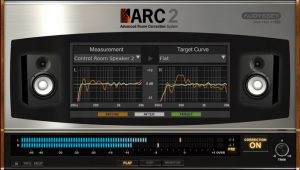
Thousands of rooms corrected worldwide
Since 2007, IK Multimedia’s ARC System has been leading the way in terms of true affordability and professional reliability when it comes to acoustic room correction systems. With tens of thousands of installations worldwide, correcting the rooms of music enthusiasts and independent producers to those of studio and acoustic engineers, ARC has become an absolute industry standard that continues to amaze for its ease of use and indisputable effectiveness.
Take the room out of the mix
ARC System is the most cost-effective, professional solution for achieving a consistent sound and frequency response across the entire spectrum in any room, whether acoustically treated or not. From home studios to professional recording facilities, ARC will take the “sound of the room” out of the equation, enabling users to mix faster and with total confidence, ensuring their productions translate properly with the outside world.
Pricing and availability
ARC System 2.5 with MEMS microphone is now available at a cost of $/€199.99*. Users that have previously purchased any IK product with a minimum value of $/€99.99 can take advantage of a special crossgrade price of only $/€149.99.
Current ARC 2 users can upgrade to software version 2.5 free of charge (Mac/PC), whereas ARC 1 and ARC TDM users can upgrade their software for as low as $/€49.99.
The MEMS measurement microphone can be purchased separately for $/€69.99 by previous ARC users**.
* All prices excluding taxes
** Software must be updated to v.2.5 for compatibility with the MEMS microphone
For more information, please visit:
www.ikmultimedia.com/arc



